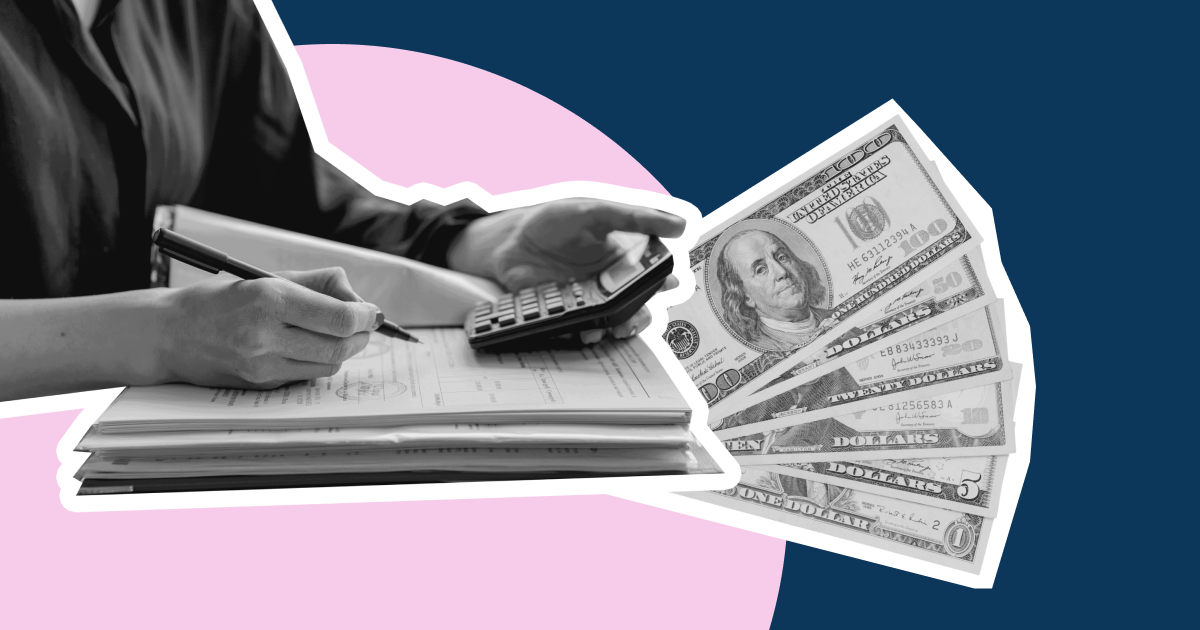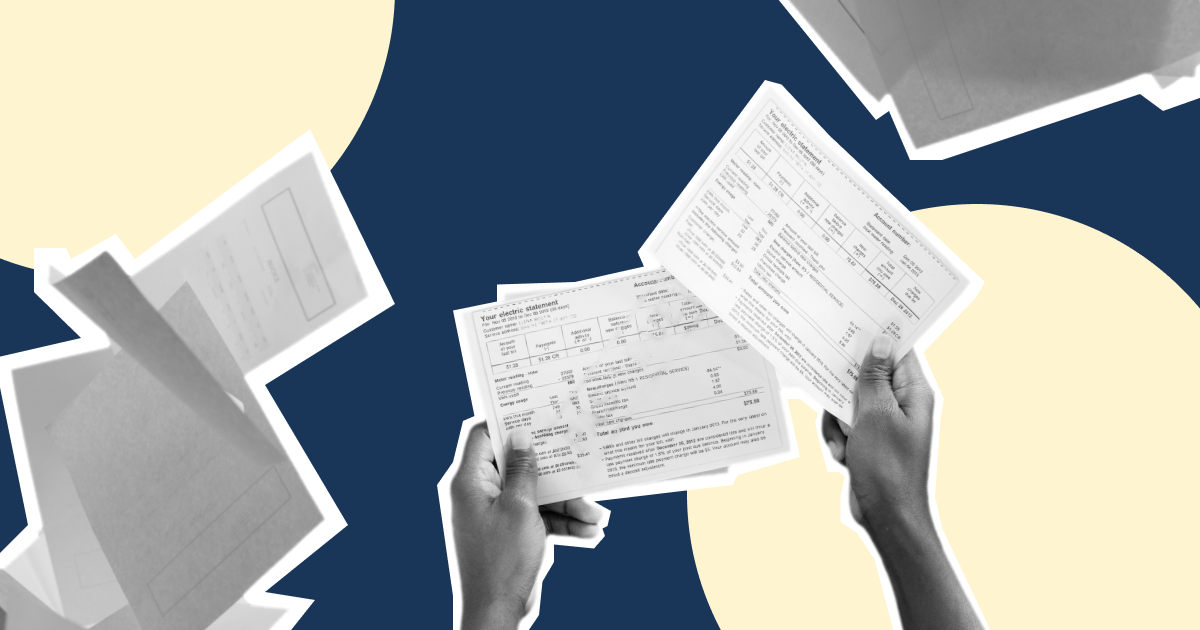Summary
Categorizing your expenses in business under the correct headers makes it easier to identify where your money is going. It helps you plan better for the upcoming months. Usually, a business draws up a cost sheet to document its expenses. In the cost sheet, expenses are broken down mainly under two heads: fixed and variable costs. This article will cover the first one – fixed costs.
What are Fixed Costs?
Fixed costs are business costs that remain the same over the short term. They are not impacted by a change in production volume, sales volume or any other activity. These costs are the most predictable costs for a business because they do not change. You can estimate exactly how much your fixed costs will be and account for these while drawing up your cost sheet.
When understanding what are fixed costs, another thing to note is that they are usually indirect costs. This means that they do not directly relate to business production. While they are essential for a business to function, they are not related to the production of goods or services and hence, do not fluctuate up or down with a change in production.
Contract agreements or schedules usually establish fixed costs. They usually stay the same over the life of an agreement or cost schedule. An example of fixed costs is rent. Whether you produce 10,000 units of your product or 20,000 units, the rent you pay for the factory space remains the same.
Fixed Costs Vs Variable Costs
A company's total cost is a sum of its fixed and variable costs. We have already established in the section above what are fixed costs - expenses that don't change over time and remain fixed irrespective of changes in production or sales volumes.
On the other hand, variable costs are related directly to the production of goods and services in the business. They change depending on the business output. For instance, raw material is an example of variable cost. When you increase the production of goods, you will require more raw materials to produce them. This pushes up the cost of production.
When differentiating between fixed and variable costs, an easy criterion is to consider what exactly drives the cost. For instance, if a cost is time- or agreement-dependent, it is fixed. If a cost is volume-dependent, then it is a variable cost.
When understanding variable vs fixed costs, you should also know that fixed costs per unit go down with an increase in production. In other words, they are inversely related to production volume. Variable cost goes up with an increase in production. The more products or volume of services you provide, the more variable costs will go up.
Using Fixed Costs in Business Analysis
Fixed costs can be used to arrive at several key business metrics, including a company's breakeven point and operating leverage. Let us take a look at how fixed costs affect these:

Breakeven Analysis
A breakeven analysis weighs the cost of a business against its unit selling price to arrive at the level at which the business will break even. In simpler terms, it helps to understand how much of the product or service you have to sell to cover your costs. The breakeven point is the point at which your profit is zero because all your costs equal the amount of sales you have made.
Breakeven analysis requires both fixed and variable costs to be computed.
The formula for breakeven point, measured in units, is:
Breakeven Point Units = Fixed Costs / (Sales Price per Unit – Variable Cost per Unit)
For instance, assume that a company has fixed costs of SGD10,000 per month. The average selling price of its products is SGD100 and the variable cost per unit is SGD20, then its breakeven point will be:
Breakeven Point = 10,000/ (100-20) = 125 units
At 125 units, the company will make zero net profit.
If you want to calculate the breakeven sales, the formula is as follows:
Breakeven Point Sales = Total Fixed Costs / (Contribution Margin)
Where contribution Margin = Sales Revenue - Variable Costs
Breakeven analysis is essential to comprehend the cost structure of a business. Using breakeven analysis can help determine how aggressively you have to push sales to make a profit. It is also an essential consideration in determining the pricing of a product. As you can see, fixed costs play a crucial role in determining a company's breakeven point.
Operating Leverage
Operating leverage is a metric that measures a company's fixed costs as a percentage of its total costs. It is a metric that is vital to cost structure management. It measures how risky or volatile a company's operating income is.
The higher the operating leverage, the higher the company's fixed costs. The lower the operating leverage, the lower a company's fixed costs. You can calculate operating leverage using the following formula:
Operating Leverage:
FC/TC = FC/FC + VC
Where:
- FC = Fixed Costs
- TC = Total Costs
- VC = Variable Costs
Usually, higher operating leverage means that a company can increase its profit by producing more units or providing a higher volume of services. This is because the business's fixed costs will fall as the volume of production increases.
Factors Fixed Costs is Associated with
- Fixed costs are a crucial determinant of costs per unit. As the production volume increases, the fixed costs per unit goes down.
- The cost of goods sold (COGS) includes both fixed and variable costs.
- When arriving at gross profit, both fixed and variable costs are reduced from the sales figure to arrive at fixed costs.
- Fixed costs also contribute to economies of scale since fixed costs decrease with an increase in production volume.
Examples of Fixed Costs
By now, you should have a theoretical understanding of what are fixed costs and variable vs fixed costs. Let us look at some examples of fixed costs to understand the concept better.
- Rent: The rent you pay for an office or factory space is a fixed cost example. It does not change for the duration of the rental agreement.
- Salaries: The salary you pay employees is an example of fixed cost because it is not paid hourly or per unit produced. Wages, on the other hand, may be considered a variable expense.
- Depreciation: Depreciation refers to the act of charging the cost of an asset over its lifetime. It is the gradual charging of the expense to the cost of the valuable life of the asset. For instance, the cost of production equipment may be written off over five years. Every year, the expense will be the same. It is a fixed cost example.
- Amortization: Amortization is the act of charging the cost of an intangible asset over its lifetime. It can be thought of as depreciation for assets such as intellectual property. It is written off over a period of time, similar to depreciation. It is an example of fixed cost.
- Insurance: The amount you pay for insurance of different assets, such as property or machinery, remains fixed no matter how much you increase production. It is a fixed cost example.
- Interest expense: The interest incurred on loans or borrowings is fixed since it does not go up with production volume. It is an example of fixed cost.
- Property taxes: The taxes you pay on a property you own remain fixed yearly. You pay this to the government based on the cost of the land or building that you own. It is a fixed cost example.
The Formula of Fixed Cost
All expenses that are fixed, when added together, help you arrive at the sum total of fixed costs for a business. For instance, if you incur rent, salaries, interest expenses and depreciation, you add all these to get your business's total fixed costs.
If you want to arrive at the fixed cost per unit, you divide the total fixed costs by the total units produced.
Fixed Cost Per Unit = Total Fixed Costs/ Units Produced Per Month
As you can see, fixed costs are inversely related to the total units produced. As the number of units produced increases, the fixed cost per unit decreases.

Treatment of Fixed Costs in Accounting
Fixed costs are considered indirect expenses. They are recorded in the income statement as expenses to arrive at operating profit. They are also reflected in the balance sheet and cashflow statement.
Fixed costs can be short-term or long-term liabilities on a company's balance sheet. For instance, depreciation, a fixed cost, is recorded in an expense schedule and then transferred to the balance sheet as a long-term liability. On the other hand, rent is recorded as a short-term liability on the balance sheet.
Cash that is paid for fixed expenses is recorded in the cashflow statement. They are usually recorded under the operating expenses segment of the balance sheet.
How to Manage Fixed Costs?
When managing fixed costs, you must be thoughtful about approaching your expenses. As you know, fixed costs per unit can go down with an increase in production. Instead of indiscriminately slashing your budget, you can come up with clever strategies that can impact your bottom line for the better. Here are some examples of fixed costs that you can manage better:
Managing Rent or Mortgage
Rent and mortgage payments can make up a significant portion of your overheads in business. In a post-covid world, there are numerous ways for you to manage your rental expenses better. For one, consider taking all remote roles that don't require employees to be in the office. This way, you can rent a smaller office space and reduce your rental expenses. Consider a hybrid workforce or rent a coworking space to save on rental or mortgage expenses.
Reducing Salaries
Another sizeable fixed expense for a business is the salaries that you pay employees. You can manage this better by employing only as many workers as you require. Consider hiring freelance or contractual workers instead of full-time employees. This can also help you save on rent.
Insurance and Fees
Fixed costs such as insurance and software fees may seem like small expenses but can quickly increase your costs. To manage these better, always ask for quotes from multiple vendors before you narrow down on an insurance product or subscription. Review your subscriptions from time to time to see what is useful for your business and what isn't. Unsubscribe from anything that isn't adding value to your business.

Refinance Your Loans
As a small business, you may have taken on loans and debt that could eat away at your bottom line. Instead of continuing to pay high-interest rates on your loans, consider refinancing with a better lender. When the market conditions change, change your loan provider to save on interest expenses instead of paying a higher rate of interest.
Final Word
Categorizing expenses correctly while accounting can help you manage your expenses better and considerably reduce your production cost. Though fixed costs remain stable over a period of time, smart expense management can help you bring down the cost per unit. Understand what the examples of fixed costs are and allocate them accordingly to improve your expense management. To manage fixed and variable costs better, you can use Aspire's invoice management system to streamline your expenses.










%201.webp)


.webp)